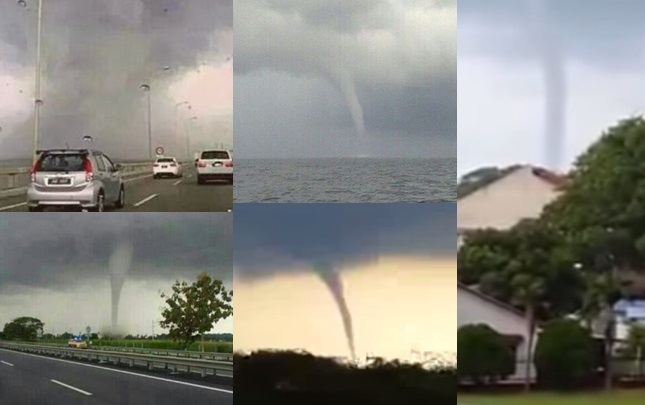The world’s coral reefs are deteriorating, but Pulau Tioman’s are… IMPROVING? How?!
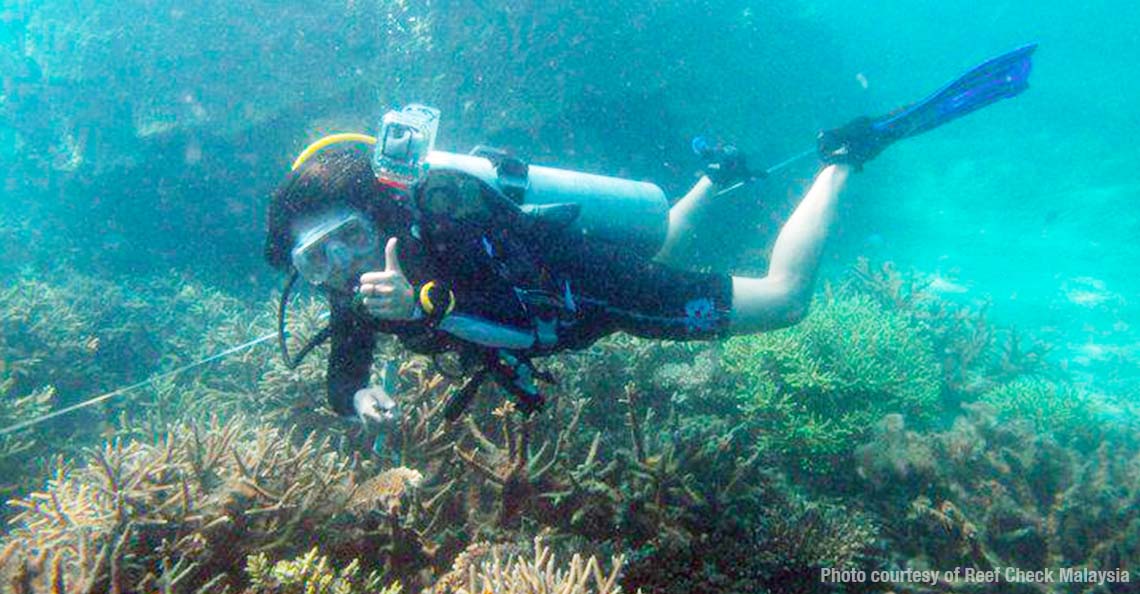
- 5.2KShares
- Facebook5.1K
- Twitter6
- LinkedIn14
- Email12
- WhatsApp70
These days, we’re quite used to hearing bad news about the environment – much to the point where we might actually be tired of hearing about it. So instead today, we’ve actually got some pretty good news for you.
Let’s start with something basic. Coral reefs are like the forests of the ocean. In fact, there are studies that believe they host MORE species than rainforests. They protect us from waves, give fish a space to breed and feed, and look really pretty too (which contributes billions in tourism)
Unfortunately, they’re also a LOT more fragile than our forests, especially from global warming, fishing nets, pollution and worst of all – fish bombing. Around the world, coral reefs are dying. The most famous example is Australia’s Great Barrier Reef, which has been on rapid decline in the last few years.
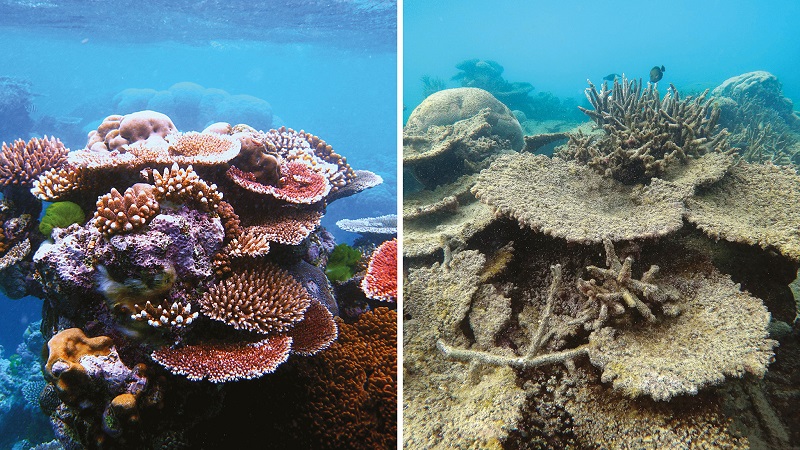
According to Reef Check Malaysia’s 2017 report, our corals have been declining for the last four years. However, if you look deep into the details of the report, you’ll see one bright spot.
Pulau Tioman’s reefs are actually… improving!?
Tioman is known as one of the top tourist destinations in Peninsular Malaysia. It hosts about 300,000 tourists a year, with that number going up annually. Despite that number, it has always been one of the healthier coral habitats in Malaysia. How is that decided? Well, in simplest form, there are two types of coral – hard and soft – and hard corals tend to be more resilient, forming the backbone of any habitat. As an oversimplification, the more healthy living hard coral, the better the health of the reef
In 2013, Tioman’s hard coral cover was 52% (versus Malaysia’s average of 46%). However in the recent 2017 survey, the hard coral cover actually INCREASED to almost 60%. On top of that , the level of recently killed coral (an indicator of declining corals) had gone down as well (after increasing over the last few years)
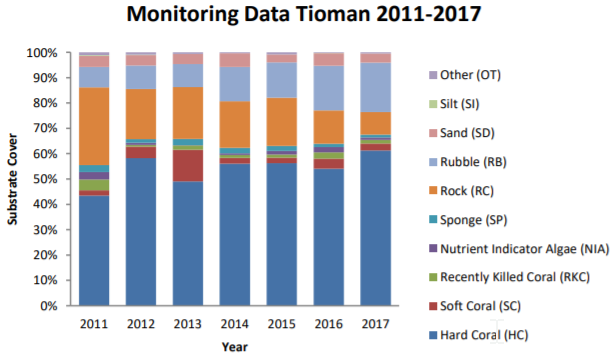
Waiwaiwait… that’s ALOT of data! Where did they get it?
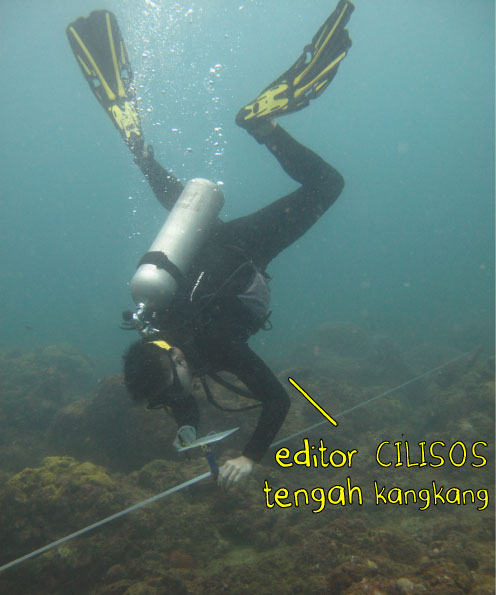
We know, you’re thinking the data might be from some gomen body, but it’s actually kinda… from US! Our editor, Chak, has actually volunteered as a participant in Reef Check Malaysia‘s reef-monitoring program that actually gets volunteer divers to go into specific spots in Malaysia at specific times, to check on the health of the reef. In 2017, they monitored 89 sites in Peninsular Malaysia and 138 in East Malaysia.
How’s it done? Well they train volunteers over a (VERY) intensive 3-day course, and then use those same volunteers (like Chak) to observe fish, invertebrates (like urchins n prawns), and of course, coral health. The divers only have to pay their own accommodation, but the survey dives (usually between RM70-90 each) are covered by Reef Check.
They lay a 100-meter line in the same underwater location each year, and use a simple counting system that volunteers can understand (e.g. how many hard corals, how many fish, how many urchins), and report on changes each year.
Why? The data lets ReefCheck know exactly what the problems are, where they are, and how best to solve them. And that’s what happened in Tioman…
Here’s how Tioman rehabilitated its reefs in less than ten years
Way back in 2010, our Editor-in-Chief, Chak, took his Advanced Open Water Dive course in Tioman. Back then, he walked away with an impression that it was a trashy site with poor safety standards and even poorer environmental standards. However, on a recent trip with Reef Check Malaysia (RCM) and Yayasan Sime Darby, it’s clear things have changed. How do we know that? Because the first thing our Managing Editor, Lydia, noticed when she touched down at the Tekek jetty was… the lack of rubbish.

Turns out, it was just one of the many efforts Reef Check has done to improve its reefs. You may wonder… how do the two correlate? Alvin Chelliah, Programme Manager at RCM, tells us that it’s a holistic approach.
“You can’t just focus on what’s in the water (the reefs). It’s a holistic approach. You need to also take care of what’s on land. We cannot protect and preserve the reefs without the local community.” – Alvin Chelliah, Programme Manager at RCM tells Cilisos
With that in mind, no wonder Reef Check has done a helluva work – recycling, getting hotels to go green, teaching locals entrepreneurial skills, teaching awareness programmes to school kids, training vendors, putting in strict green initiatives…
But let’s face it. “Going green” sounds preachy, and if you’re like any other person, you’d probably be sick of hearing about it. Take it from Cilisos – our environmental stories typically don’t get as many readers as our other articles. If Malaysians really cared about the environment, we wouldn’t be taking plastic bags just to carry one can of Coke. So how to get the whole of Tioman on board la?!
The answer is… you don’t.
RCM focuses on the younger generation because the older generation… well… they can be kinda stubborn la. Shahir Yaman, a local who helps manage the Tioman Management and Conservation Group, told us that it’s not easy to change the mindset of the older generation, so youngsters make sure that they act more than they speak. “We will pick up the rubbish in front of the older folk, not to show off but to help them see what we’re doing,” he says, adding that having a good attitude can also help youngsters influence their peers.
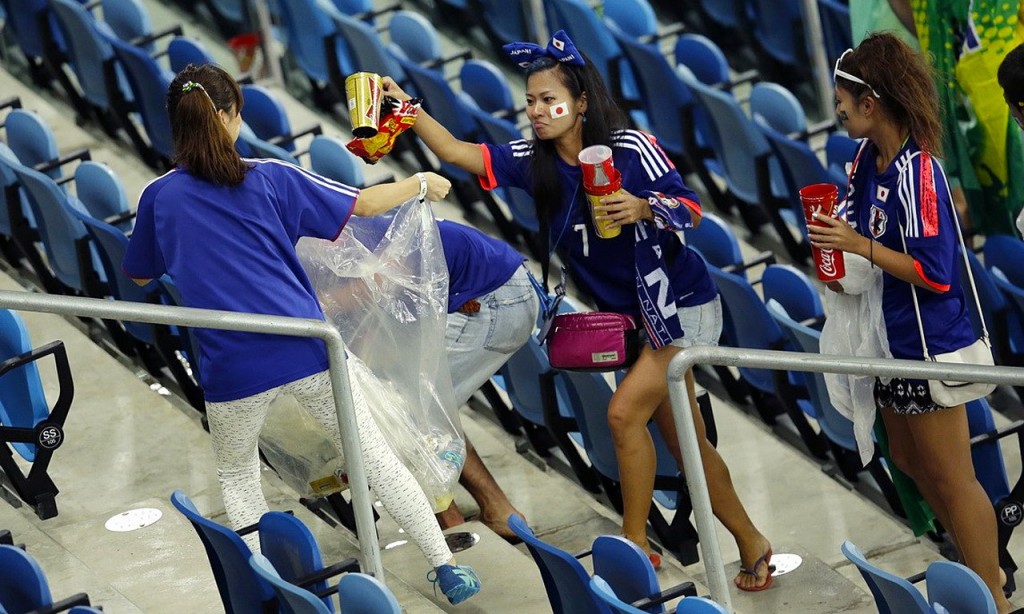
RCM has also tapped into two schools in Tioman, ingraining students at a young age about the marine life around their home and how to care for it. (And in some cases, even taking them snorkelling and teaching them how to swim!)
There are also entrepreneurial courses to help locals thrive in their own businesses, like family-run chalets or even satay stalls. Alvin tells us that it’s a problem when outside help is brought in. “Locals feel like they can’t get jobs in their own place, so they go back to fishing,” he says. “We don’t want them to go back to that.” Before Tioman became a protected marine park, it was a place for fishing. Today, the Marine Department has set a radius around the island where fishing is illegal.
“There is no point asking locals to take care of the reef if they can’t get a single cent out of it” – Lim Ai Gaik, PR, Marine Dept of Malaysia
RCM has also introduced certifications for hotels and dive shops to rate them according to their sustainability efforts. One major effort was the Green Fins certification for dive shops. Diving is a lot more marketable nowadays, and getting a license will only cost you about RM1,500. Every year, about 900,000 people become certified scuba divers through PADI, one of the most popular dive schools in the world! No wonder why scuba divers have been named as one of the biggest factors to the destruction of coral reefs! Haiyo. 🙁
So with the Green Fins certification, dive shops are examined according to how ethical or sustainable their practices are. It wasn’t easy to get business owners on board, because let’s face it, who’d want to be examined for these things? Plus these certs can’t be bought (unlike certs like ‘PADI 5 Star’)… so why sign up for something that could potentially affect the reputation for your business?
Alvin tells us that there were business owners who turned them down rudely (e.g. “I have been doing this business for longer than you’ve been around, I don’t need your help.”), but there were those who gave it a shot and tried out the assessment for a year. The Green Fins certification proved useful for their businesses, attracting foreign divers as they preferred supporting businesses with ethical sustainable practices. (“Malaysian tourist biasanya pilih yang paling murah je… jadi kite target lah Mat Salleh. Mereka tu lebih environmentally friendly,” a Tioman business owner told us.)
The assessment is pretty tough too. They look at a gazillion different things, from the detergent used in rinsing a diver’s gear to the dive shop’s boat engines. RCM also goes on dive trips with them to assess if they uphold the same values with their customers. (Fun fact: Tioman Dive Centre scored the HIGHEST in the world. Within the top 10 scorers, four are dive shops in Malaysia.)
“We (Malaysia) have one of the highest number of corals, and the highest increase of divers. Thus, we have the highest impact, too.
If you’re looking for a dive centre, sites like TripAdvisor are very subjective because it’s reviews based on how people feel. Green Fins assessment is objective and follows a strict guidebook.” – Alvin Chelliah

Another big problem that they’re actively tackling: snorkelers. Unlike diving, you don’t need a license – anyone can literally wear a mask and start snorkelling above reefs.
“Some snorkel guides don’t even swim or have a boat license. This is common everywhere in Malaysia because snorkelling isn’t regulated,” Alvin says. RCM has begun training and certifying snorkel guides, teaching them a bunch of stuff from first aid to boating and, most importantly, proper snorkelling ethics (don’t touch/step on corals, don’t feed fish, don’t harass marine life). The problem here is that certified snorkelling guides dwell among non-certified guides… so the idea is to use the certification to encourage tourists to choose snorkelling packages from them instead.
Beyond that, RCM also actively does reef rehabilitation efforts by creating their own coral colonies. It’s actually a LOT of hard work – they pick pieces of coral that get broken from natural causes, tie them onto glass bottles (which are secured in the recycled glass-cement concrete), and monitor their growth over time. They’re also required to brush off algae buildup with a toothbrush every few weeks.
There is also a lot of recycling and waste separation efforts around the island. Cans and paper commonly end up in Budin’s Workshop, the only recycling centre on the island. (And Budin actually uses his truck as his low-cost way to crush cans, see video below.) The Green House on Tioman also has recently gotten a glass crusher, a machine that turns glass into fine powder which can then be repurposed by mixing it with cement. Check out how it’s done:
https://www.youtube.com/watch?v=XgryFB4PUzU&feature=youtu.be
But Tioman is still far from being perfect.
In one bad news, waste management is still a problem they haven’t quite figured out how to fix. Nobody wants to buy trash in Tioman, so they can only depend on the mainland for sale. But even so, it costs money for these recyclables to be shipped out… and to add that to the cost, it just doesn’t make much business sense for anyone to buy them. They’re still scratching their heads trying to find a solution to the problem. In the meantime, they’re trying to do the best that they can to reduce the use of disposables (e.g. using containers instead of plastic packaging) and up-cycling wherever possible.
None of this would’ve been possible if not for the funding RCM has received from Yayasan Sime Darby. “YSD values long-term partnerships. This is important to our partners as they have security on funding,” Caroline Christine Russell, a governing council member of YSD tells us. The 5-year partnership ends in 2018, with YSD generously pumping in a total of RM600,000 into the project since 2013. While we have no word on whether RCM will be getting a second round of funding, they tell us that there is more work to be done.
“Throughout these 5 years, I’ve realised that there is more work for us. We will not walk away, so we will use our influence so that we can carry on the work for Phase 2,” – Julian Hyde, General Manager of RCM
Sadly, almost all other sites in Malaysia are deteriorating
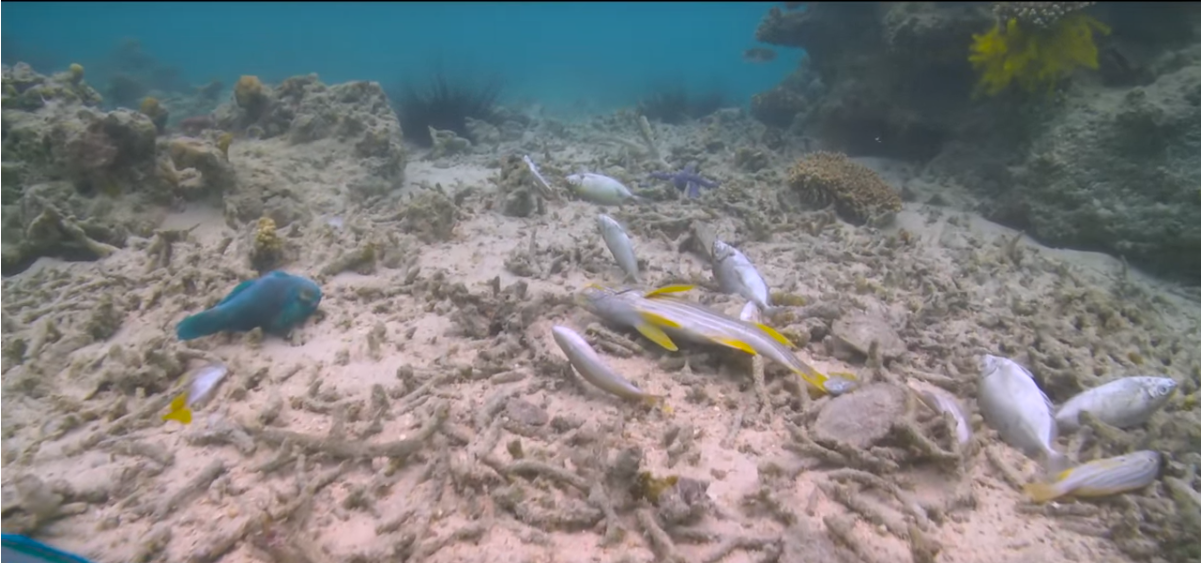
The RCM report we referred to at the beginning also has stats on most of Malaysia’s top diving spots. Here are some bullet points.
- Overall, Malaysia’s coral population surveyed has declined by 5% in just one year.
- Thankfully, most reefs within Peninsular Malaysia are stable, except for Tioman which is actually improving, and sadly Perhentian Island, which is deteriorating at an alarming rate.
- However, East Malaysian reefs are deteriorating at a rapid rate in Kapalai and Mabul. Even Sipadan (one of the world’s top dive destinations) had a significant amount of coral damage, assumedly from storms… although their reefs are still the most healthy of any in Sabah.
- One of the biggest problems is uncontrolled tourism (number of tourists, and developments are ruining the water)
- For areas without tourism industries, fish bombing is decimating reefs, particularly in Sabah
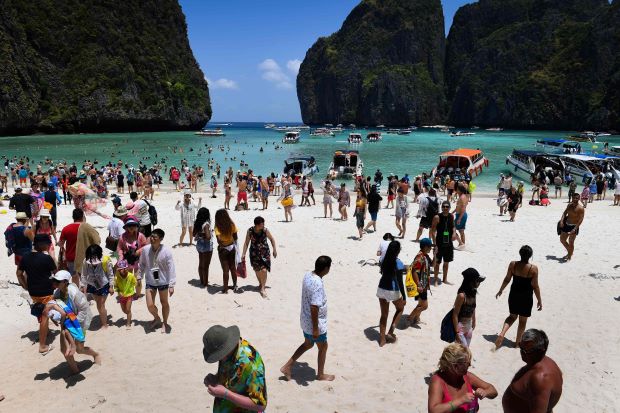
So yea, humanz BAD. If we’re not wrecking the corals with our feet, we’re bombing the fish out of the water. And with USD 136 billion worth of tourists each year to ASEAN, Malaysia isn’t the only country to face this. In the Philippines, the once pristine beaches of Boracay have now been officially CLOSED, to allow nature to recover, although even THAT isn’t likely to work.
“Bottom line is that temporarily closing the beach is probably not the optimal solution to these problems. It only take a day for a bunch of incompetent snorkellers to trash a small reef,” Andrew Baird, ARC Centre of Excellence for Coral Reef Studies in Australia, The Star
“The sites of most concern are Batu Nisan, Seabell and Tiga Ruang, which recorded over 40% (rubble and dead coral). These are all popular snorkelling sites, and it is possible that damage to reefs is resulting from physical impacts by snorkelers, boats, anchors, ” – The 2017 Reef Check Malaysia Report, On Perhentian
And there are A LOT of other surprising factors that cause this
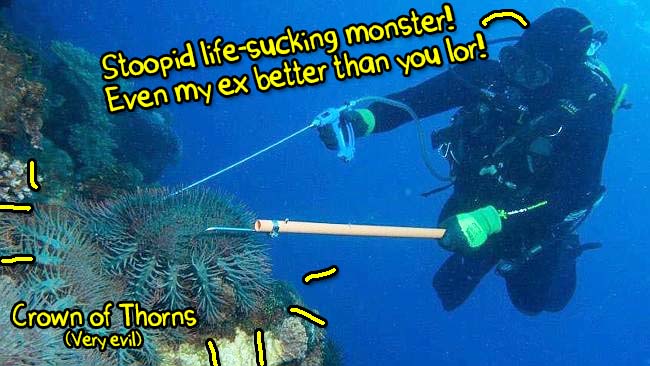
It’s easy to think of these problems as just tourism BAD, or climate change BAD, but the devil is really in the details. One of the things we were thought as divers is that there is a particular animal called the Crown-Of-Thorns starfish (shown above), that eats coral reefs and is responsible for a lot of deteriorating reefs.
In the recent ReefCheck in Pulau Kapas, we recorded a 250% growth of these ‘evil’ creatures. Divers frequently organise cleanups to remove these creatures, but the real reason their numbers are increasing is because of this little girl.
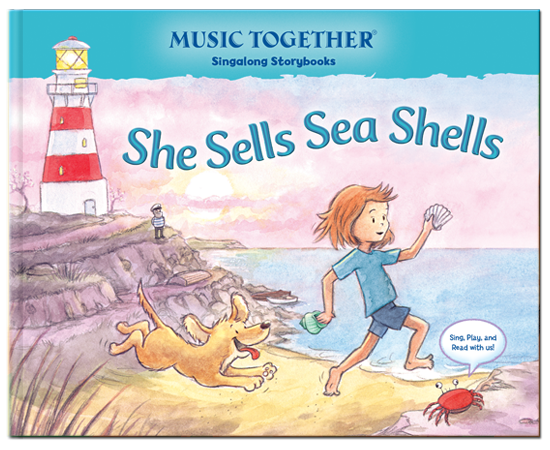
One of the most coveted shells on sale in the world (worth hundreds of ringgit per piece) is the Triton Shell, which looks like a basketball sized snail. Unfortunately, these Triton shells are also the primary predator to Crown-of-Thorns – and divers haven’t seen any on Malaysian shores in YEARS, which explains why the Crown of Thorns are killing our reefs.
There are other things too, like taking corals from the shore, throwing plastic into the water… the list goes on. A general rule of thumb is to just open your eyes, close your hands, and don’t touch anything… but it’s even better if you just Google stuff, and be aware of your impacts on the environment.
If you want to take on a more active role, then get your company to donate to ReefCheck, or even participate as a volunteer (and get some free diving too!).
Tioman is a great sign that change is possible. So if you’re tired of hearing bad environmental news, then do your bit la and give us more good examples to report 🙂
[Ed’s note] Are you a diver? Do you have old dive equipment? It would be great if you could donate them to the amazing guys at Reef Check Malaysia. Email Edmund at [email protected].
This article was co-written by Chak Onn Lau and Lydia Kwan
- 5.2KShares
- Facebook5.1K
- Twitter6
- LinkedIn14
- Email12
- WhatsApp70



